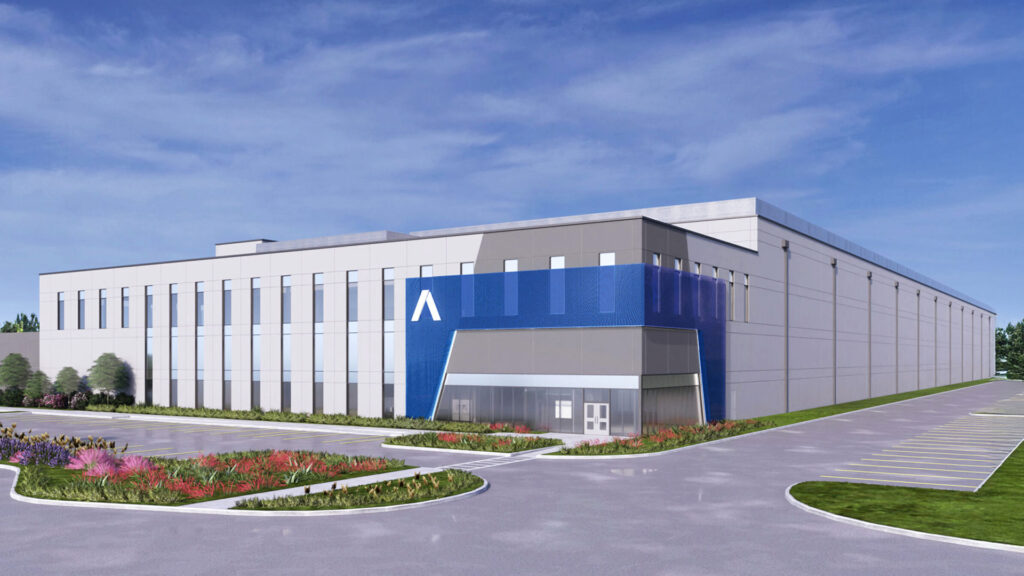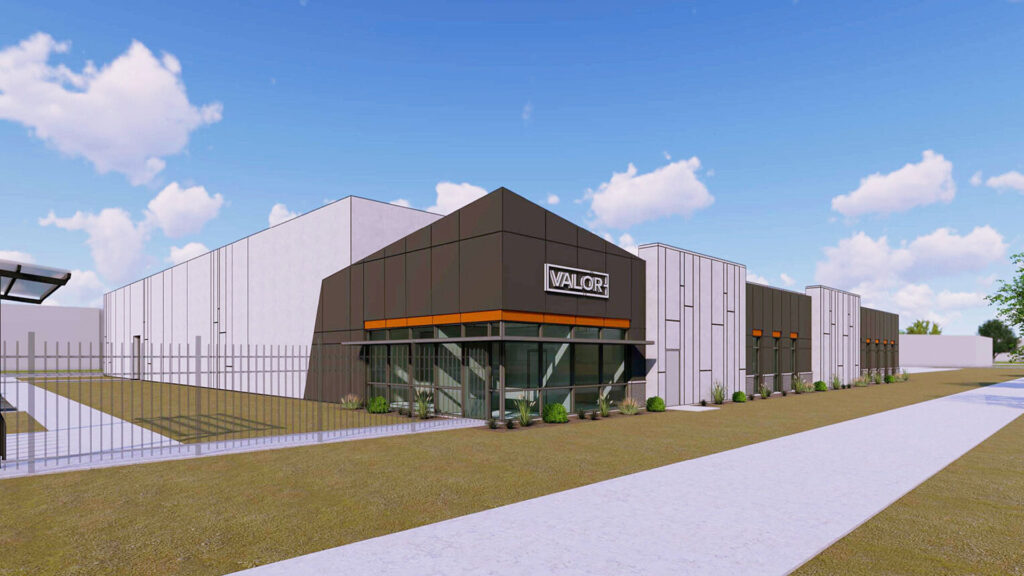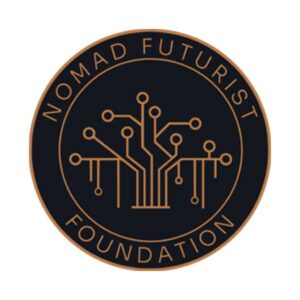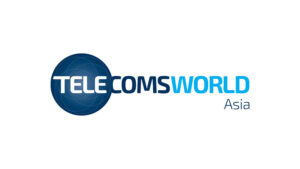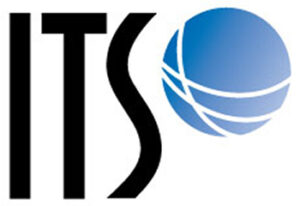If 5G is “magic,” it can only be so when artificial intelligence and the Internet of Things (IoT) are combined with it, said Jefferson Wang, Accenture global 5G strategy lead during PTC’21.
Unfortunately, he advised, consumer 5G services are unlikely to drive incremental revenue, so the issue is how service providers can extract value from 5G.
Simple connectivity is unlikely to be the satisfactory answer, Wang suggested. Edge computing, security, personalization, and analytics – applied to services aimed at industry verticals – are ways additional value can be created, Wang said.
“Artificial intelligence does not get as much attention but has to,” he noted. “AI provides the analytical value that enables business value for consumer, small business, enterprise, government, or industry applications.”
AI provides the insights that allow 5G networks, IoT sensors, and edge computing to create value for users and revenue for suppliers.
AI, in other words, orchestrates the operation of devices and operations at the edge of the network, while coordinating the features of 5G supporting local computing and sensors.
Connectivity providers have many choices of roles in the new ecosystem. For starters, 5G networks will operate in the home; in buildings; at venues; and in urban, suburban, and rural settings where different access approaches are necessary.
Public networks will work outdoors, but private networks often will be needed indoors. Spectrum availability and choices will vary based on those deployments.
Low-band and mid-band spectrum will be important for coverage. Millimeter waves (high-band) will be important for capacity, both indoors and outdoors.
Network slicing – the ability to create virtual private networks through the 5G core network and all the way to the radio edge – remains a bit complex but also offers new opportunities for mobile operators to create specialized and custom networks optimized for the applications.
Essentially, network slicing can create networks optimized for bandwidth, consistency, latency, or device power consumption.
Customer use cases also create opportunities for differentiation. Fixed wireless allows new options for consumer Internet access. Indoor networks will support augmented reality, virtual reality, or extended reality services either for consumer entertainment, business training, or operations.
Content services might rely on ultra-high resolution, but security services might only require lower resolution support. Autonomous vehicles or unmanned aerial vehicles will need low latency and assured consistency, but often variable bandwidth guarantees.
Smart city applications often will be low intensity in terms of bandwidth or latency but place a premium on low battery consumption for sensors.
Robotics operations might require edge computing and low latency but only episodic wide area connectivity.
Each use case allows connectivity providers to choose a range of roles and involvement. Consumer use cases will often focus mostly on connectivity. But many industry, smart cities, government, or enterprise use cases will allow for additional roles as system integrators, suppliers of computing real estate, or applications.
There will be many ways to participate in creating the “magic” produced by 5G, AI, IoT, and edge computing.
Watch his full address on PTC-TV.




